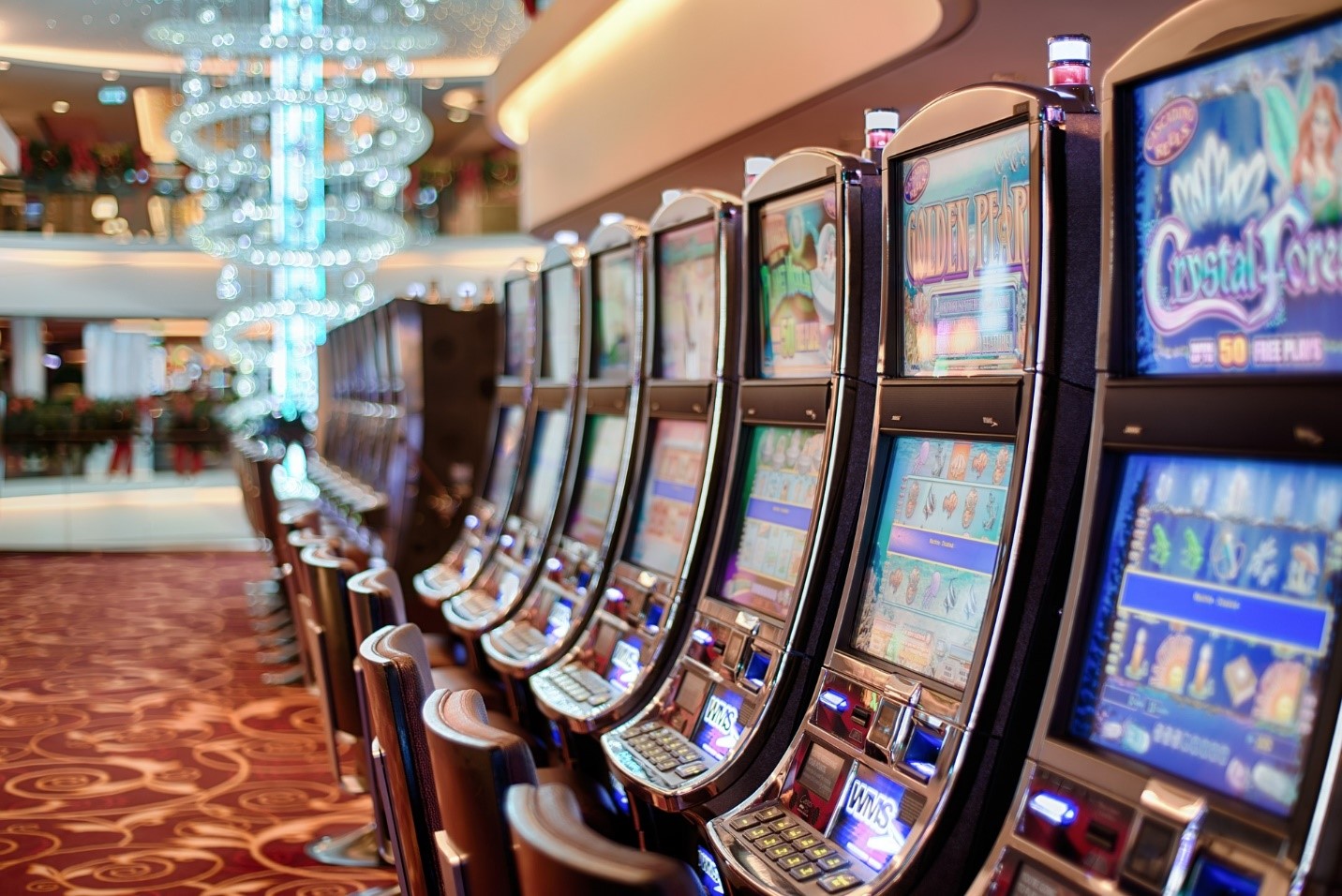
Slot gambling have undergone a remarkable transformation over the years, evolving from the lively scenes of Las Vegas casinos to a captivating encounter available right in the comfort of your living room. The sound of jingling coins and neon signs that once defined the gambling environment is now enhanced by sophisticated graphics and interactive gameplay on online systems. This transition reflects advancements in tech but also changes in player preferences, making slot games easier to access and fun than ever before.
As we explore the development of slot gambling, it becomes apparent how this form of entertainment has transformed to modern times. The traditional one-armed bandits have given way to internet-based slots that offer immersive themes, enthralling narratives, and the chance for substantial winnings with just a click. Understanding the evolution of these games helps us understand their lasting attraction and what lies ahead for enthusiasts in both traditional and digital gambling spaces.
The History of Slot Machines
The evolution of slot machines commenced in the final 19th century, as a mechanic named Charles Fey developed the initial functional gaming device in 1887. Known as the Liberty Bell, this innovative invention featured three spinning reels adorned with iconography such as horseshoes, diamonds, and the famous Liberty Bell. Players would insert a coin and activate a lever to set into motion the reels in motion. If the machine stopped on three identical symbols, a jackpot was won, captivating players and paving the way for the future of gambling.
The popularity of the Liberty Bell sparked a wave of comparable devices across the United States, causing the emergence of many producers who sought to capitalize on the growing interest with slot machines. However, with the onset of bans in the beginning 20th century, many of these machines were banned in multiple regions. This caused a decline in their production and use, but the attraction of slot gambling remained strong, as illegal gambling houses continued to function discreetly.
In the 1930s, these gaming devices made a significant return with the introduction of fully electromechanical models. These machines allowed for more intricate gameplay and improved payout mechanisms, captivating the public once again. The rise of casinos in Las Vegas during the 1940s and 1950s exacerbated the demand for slot machines, as gamblers rushed to enjoy the thrill of chance and fortune. This marked the dawn of a new era in slot gambling, setting the stage for the state-of-the-art machines we see today.
The Growth of Digital Slot Games
This advent of the internet transformed many forms of entertainment, and slot gaming was no exception. As online casinos began to surface in the final 1990s, players found themselves drawn to the ease and availability of digital slot games. With only a few clicks, users could explore a vast array of themes and game mechanics that land-based casinos could never provide. This online shift facilitated creative designs, engaging graphics, and responsive features, which further enhanced the gaming experience.
As technology developed, so did the creation of virtual slot games. Software providers started to produce increasingly sophisticated games that offered compelling storylines, varied paylines, and unique bonus features. This evolution attracted a wide audience, ranging from occasional players to seasoned gamblers looking for thrills. The integration of mobile gaming also had a crucial role in this growth, allowing players to enjoy their favorite slots on the go, transforming slot gambling into a portable pastime.
Promotions and incentives became a key component of online slot gameplay, enticing new players while providing rewards for loyalty. Free spins, welcome packages, and loyalty rewards were designed to create a more engaging experience that could match the thrill of physical casinos. As the appeal of online slots increased, regulatory measures were established to ensure fair play and player protection, making online slot gaming a safe and attractive alternative to the physical casino experience.
Upcoming Developments in Slot Gaming
As technology continues to advance, the future of slot gaming is set to be more immersive than ever. VR and augmented reality are poised to transform the gaming experience, enabling players to step into a three-dimensional world where they can engage with the game in previously unthinkable ways. Imagine spinning the reels in a vibrant casino setting from the comfort of your home, with lifelike graphics and interactive features. This kind of engagement will draw in a fresh wave of players and keep existing fans coming back for more. ALOHATOTO
Another significant trend is the integration of skill-oriented features into traditional slot games. While classic slots typically rely on luck, developers are more and more introducing gameplay mechanics that incentivize players for their skills and decisions. This hybrid approach not only enhances the gaming experience but also appeals to those who enjoy competitive play. Players may find themselves engaging in mini-games or challenges, adding a new layer of strategy and excitement to their slot gaming experience.
Finally, the growing popularity of gamification in slot gaming is changing how players interact with these machines. Features such as leaderboards, achievements, and social sharing capabilities are becoming more common. Players can now compete with their friends or a global community, which adds a social dimension to what was once a lonely activity. As operators continue to explore ways to enhance player engagement through these gamified elements, slot gaming is set to evolve into a further interconnected and community-oriented experience.
